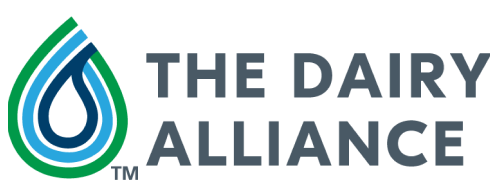Are Dairy Cows Different from Other Cows?
Why are some cows fluffy and others short-haired? Can any cow produce milk, and is the milk different? Why do dairy cows look so different, with some spotted and others with a solid coat? There are some differences in dairy cattle compared to other cows, but how?
All the cattle used in farming are the same species, but they have some noticeable differences. When it comes to physical appearance, dairy cows have shorter fur than other cattle. Most dairy cows don’t have horns, as the horn growth is stunted for safety purposes. The colors of a dairy cow may also look different, as there are 6 popular cow breeds used in US dairy. Think of the spots of Holsteins or the soft brown of Jerseys. These breeds can be chosen for traits like a larger udder or easier births. Two interesting facts about dairy cattle is they have shorter fur and do not have horns.
Are All Dairy Cows Female?
Yes, all dairy cows are female.
Can You Milk a Male Cow? Can Male Cows Produce Milk?
No, you cannot milk a male cow and no, male cows cannot produce milk. If all adult female cattle are cows, what are the males? The adult male counterpart of a cow is called a bull. They can’t produce milk, but you can still find them on a dairy farm. When driving by a cow herd in the pasture, keep an eye out for a bull. He’ll be larger than the cows. While the cows may be either curious or wary of your car, he’ll be ready for you to be gone.
As for the milk, it doesn’t matter what the color or breed of the cow is, because all cows produce the milk that goes into your favorite dairy products. So now that you know the distinction from dairy cows to other cattle, sip on that knowledge.
Do Dairy Cows Have to Be Pregnant to Produce Milk?
Not exactly. All cows provide milk, but they don’t constantly produce it. Only cattle who are female and have been pregnant are called cows. Cows will produce milk for their calf. Dairy cattle produce excess milk, or too much milk for one calf. Cows will continue to produce milk for months and will be highly uncomfortable if their udders aren’t relieved from the pressure of the milk, even if the calf is now weaned on feed for a healthier digestive track. This is how we get the milk we drink. Farmers send the dairy cows to a milking parlor two or three times a day to release the milk and keep the cows comfortable. Once she stops producing milk for that calf, the cow will not produce milk again unless she has another calf.





